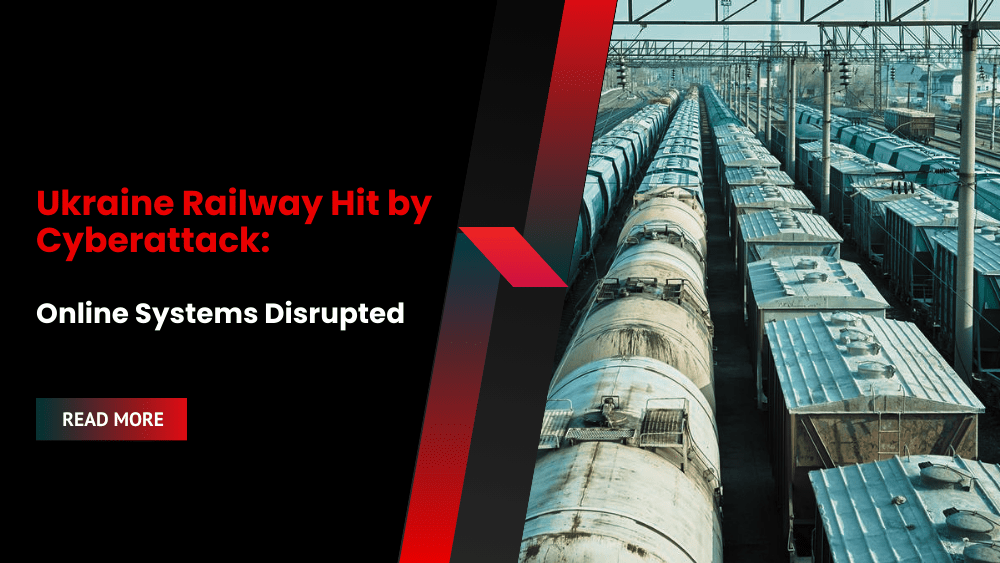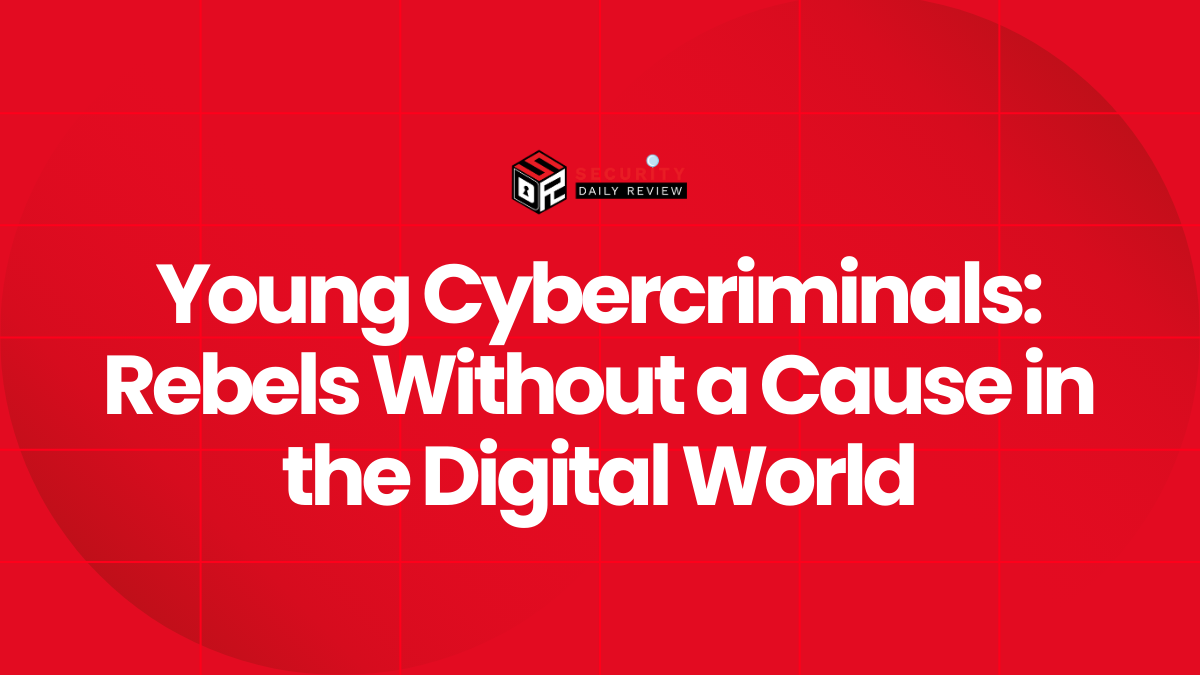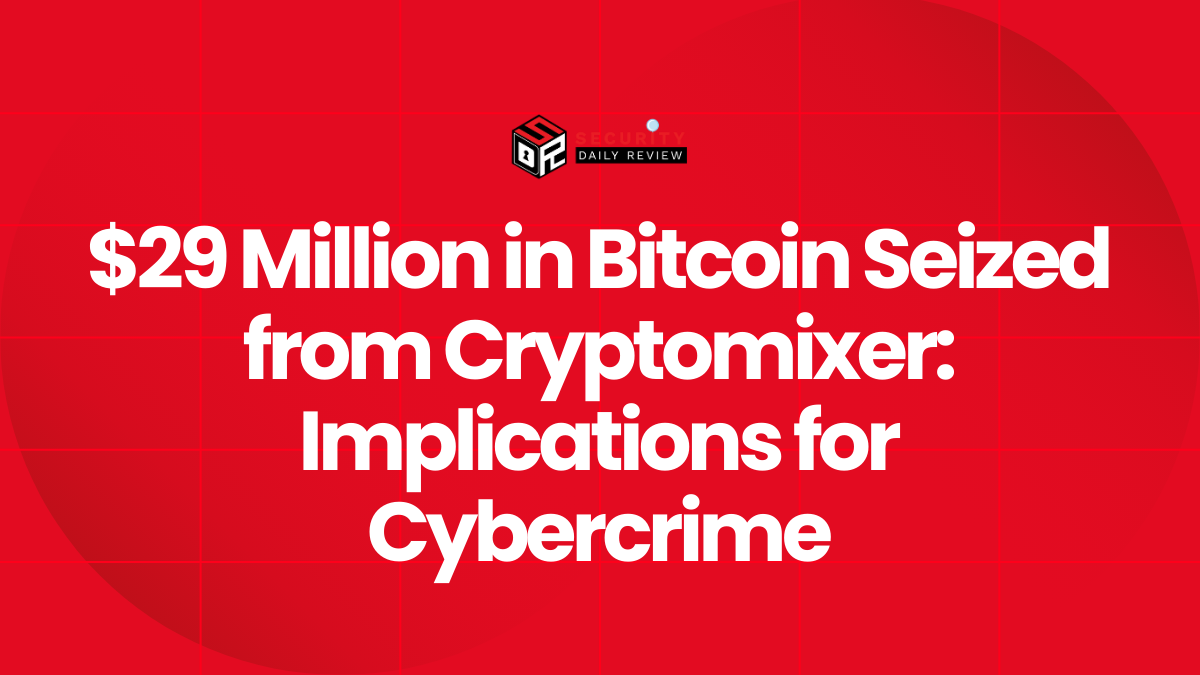Ukraine’s railway system, a critical national infrastructure component, was the target of a significant cyberattack. Ukrzaliznytsia, the state-owned railway company, announced the attack on Monday.
The attack, described as “systemic, non-trivial and multi-level,” targeted online systems. However, Ukrzaliznytsia confirmed via Telegram that train services remain unaffected, operating without delays. Restoration efforts have been underway since Sunday.
Ticket sales moved offline on Monday. This temporary measure was implemented until backup systems are fully restored after the cyberattack. The company initially notified users of IT system failures on Sunday, advising passengers to purchase tickets at stations or directly on trains.
Since the 2022 Russian invasion and subsequent airspace closure, Ukraine’s railways have become the primary mode of transportation. Last year, they carried approximately 20 million passengers and 148 million tons of freight, according to Deputy Prime Minister Oleksiy Kuleba.
Mitigating the Risk of Similar Cyberattacks on Critical Infrastructure
The cyberattack on Ukraine’s railway system serves as a stark reminder of the vulnerability of critical infrastructure to sophisticated digital threats. To mitigate the risk of similar incidents, a multi-layered approach is essential, encompassing proactive measures, robust incident response capabilities, and continuous improvement.
Proactive Measures:
- Enhanced Cybersecurity Infrastructure: Investing in advanced threat detection and prevention systems, including intrusion detection/prevention systems (IDS/IPS), firewalls, and endpoint protection solutions, is crucial. Regular security audits and penetration testing can identify vulnerabilities before they are exploited.
- Employee Security Awareness Training: Regular training programs for employees on cybersecurity best practices, including phishing awareness, password management, and safe browsing habits, are vital in preventing human error, a common entry point for attackers.
- Data Backup and Recovery: Implementing robust data backup and recovery strategies is paramount. Regular backups to offline or geographically dispersed locations ensure business continuity in the event of a successful attack.
- Network Segmentation: Dividing the network into smaller, isolated segments limits the impact of a breach. If one segment is compromised, the attacker’s access is restricted to that specific area.
- Vulnerability Management: Regularly scanning systems for vulnerabilities and promptly patching identified weaknesses is crucial in preventing exploitation. This includes both software and hardware vulnerabilities.
Incident Response:
- Incident Response Plan: Developing and regularly testing a comprehensive incident response plan is vital. This plan should outline procedures for detection, containment, eradication, recovery, and post-incident activity.
- Threat Intelligence: Leveraging threat intelligence feeds can provide early warning of potential attacks and allow for proactive mitigation efforts.
- Collaboration and Information Sharing: Sharing information and collaborating with other organizations and government agencies can help identify and respond to threats more effectively.
Continuous Improvement:
- Regular Security Assessments: Conducting regular security assessments helps identify weaknesses and areas for improvement in the organization’s overall security posture.
- Adaptive Security Measures: Cybersecurity threats are constantly evolving, so security measures must adapt accordingly. Regularly reviewing and updating security policies and procedures is essential.
- Investment in Cybersecurity Expertise: Hiring and retaining skilled cybersecurity professionals is crucial for effectively managing and mitigating cyber risks.
For more information on mitigation read our blog.









